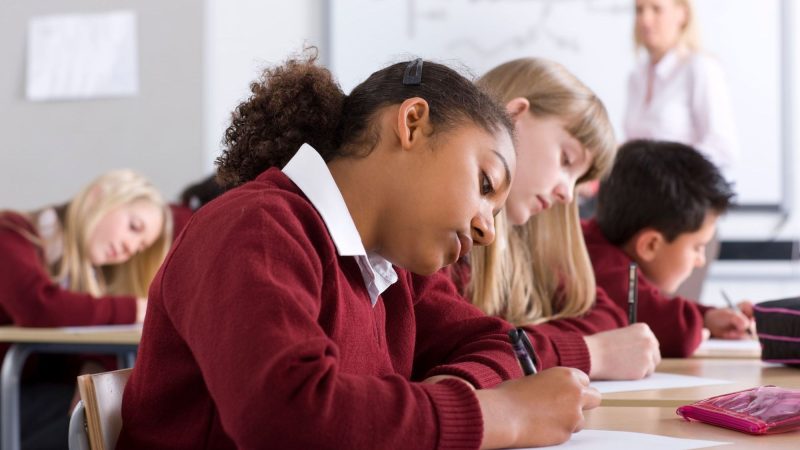Present progressive tense – KS1/KS2 worksheets & resources
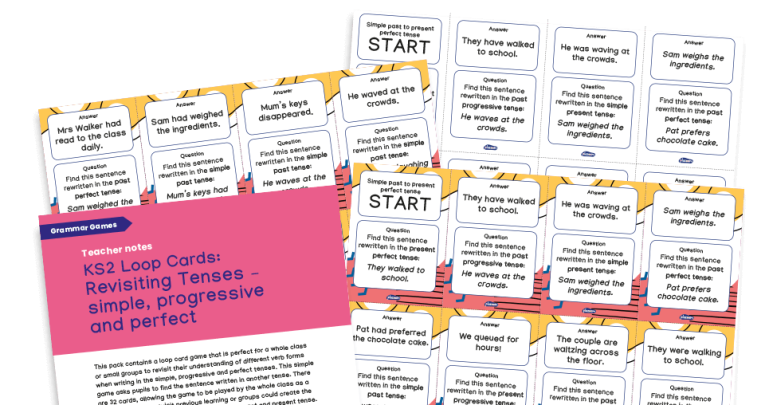
Looking for top resources and ideas to teach the present progressive tense in KS1 and KS2? This list has you covered with engaging games, worksheets and activities…

- by Teachwire
- Classroom expertise and free resources for teachers
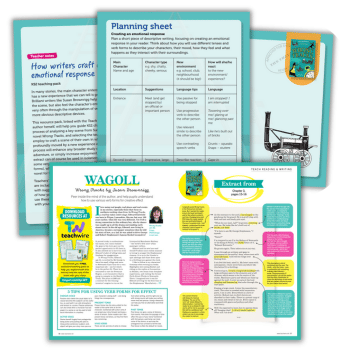
What is the present progressive tense?
In the present tense there is the simple present tense and the present progressive tense.
Obviously, the present tense is about things that are happening now. However, we can use the simple present tense to show things that usually happen or are generally true, such as:
- he works
- she writes
- the sun rises
The present progressive tense, however, is mostly about things that are still going on now, so these examples would become:
- he is working
- she is writing
- the sun is rising
They don’t always need to be happening right that second, however, as you will see in some of these examples…
More present progressive tense examples
- I’m looking at it right now.
- That boy’s constantly complaining about homework.
- We’re waiting for the bus.
- Jade’s going there tonight.
- The kids are playing basketball.
Present progressive tense teaching ideas
Rachel Clarke, director of Primary English and a former deputy head and local authority English advisor, explains how to use a busy picture full of action to teach the present progressive tense…
Show pupils a busy picture and give a running commentary of what is taking place in it by using the present progressive form of verbs:
- a girl is riding a bike
- a man is walking his dog
- some children are playing on the see-saw
Model writing this on the whiteboard for the class to see or ask talk partners to observe what is taking place in the picture and write their own descriptions.
To extend the learning, ask each pair of children to rewrite their present progressive commentary using the past progressive. Or ask them to rewrite it using the simple present or simple past, eg:
- the children play/played on the see-saw
- the kite flies/flew in the sky
- the lady reads/read a book
Present progressive tense teaching resources
Year 2 worksheets
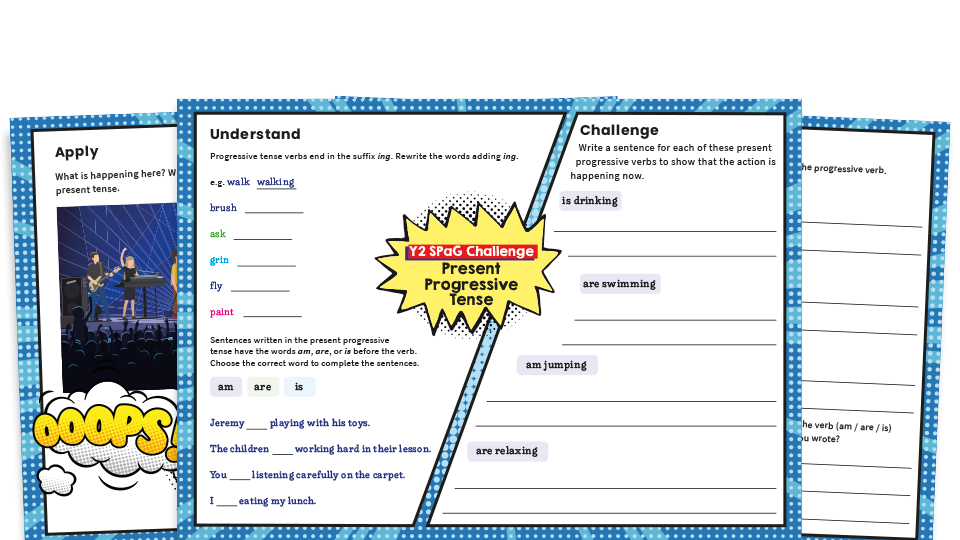
These Year 2 grammar worksheets will give pupils a good grounding in the present progressive tense.
There are questions to answer and opportunities for creative writing responses, with eye-catching images as prompts.
Emotional writing WAGOLL

Explore how author Susan Brownrigg uses the present progressive tense in her novel Wrong Tracks to create a sense of immediacy, eg “towering over me”, with this free WAGOLL resource pack.
Once you’ve studied the different authorial techniques, pupils will write a scene featuring lots of powerful verbs in which the narrator is profoundly moved by a new experience or environment.
KS2 grammar game
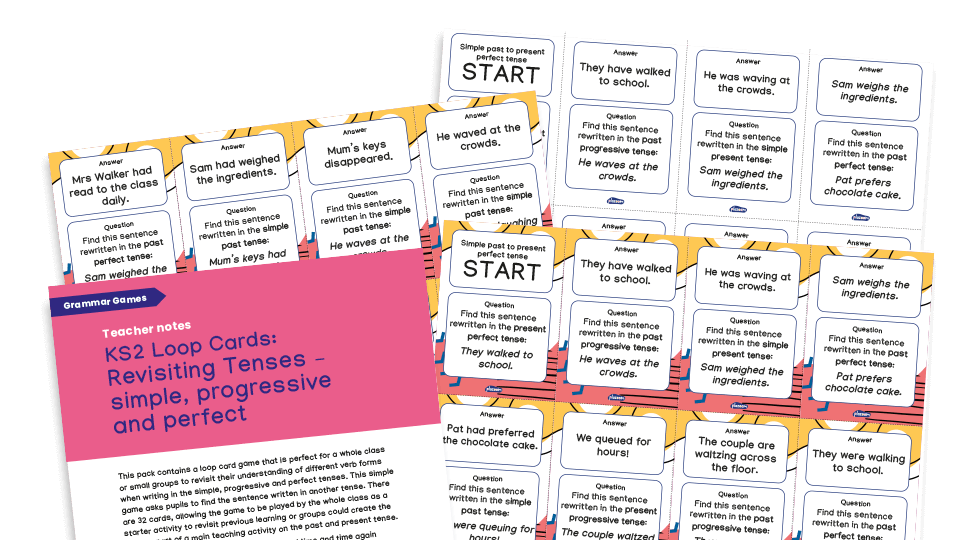
Help KS2 pupils practise tenses with this loop card game from Plazoom that reinforces understanding of simple, progressive and perfect verb tenses.
Players match sentences rewritten in different tenses, making it a great starter activity to review past learning or a focused task during lessons on past and present tense.
Classroom slideshow
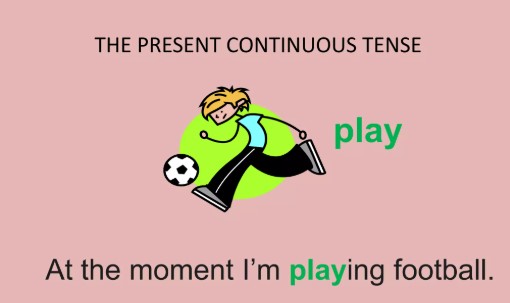
This free slideshow provides information about the present progressive tense. It shows how we use it to describe:
- actions happening at the moment of speaking
- temporary situations
- changing or developing situations
- fixed arrangements in the near future
It provides examples for each use and explains how to form the ‘-ing’ verb form in the present continuous.
Present simple and present progressive game
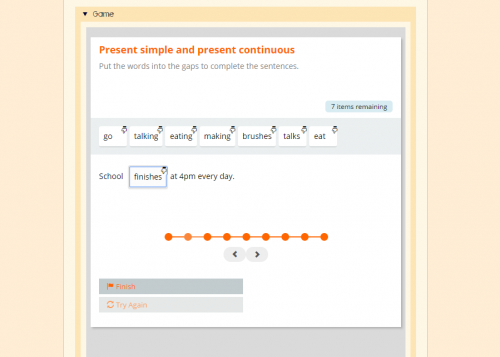
This present simple and present continuous game from the British Council involves putting the correct word into each sentence. There’s also a bubble bursting game to have a go at as well as worksheets to print.
Online quiz
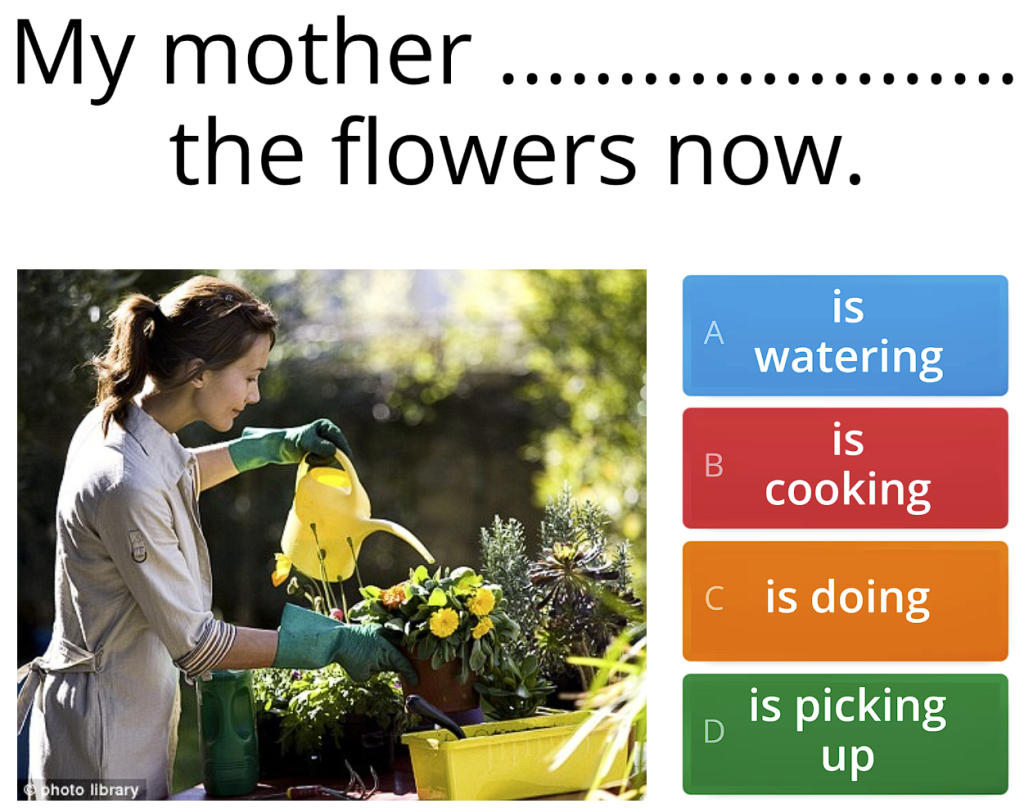
This free quiz asks 10 multiple-choice questions using sentences in the present progressive tense where the verb is missing. Children need to use the image provided to answer correctly.




